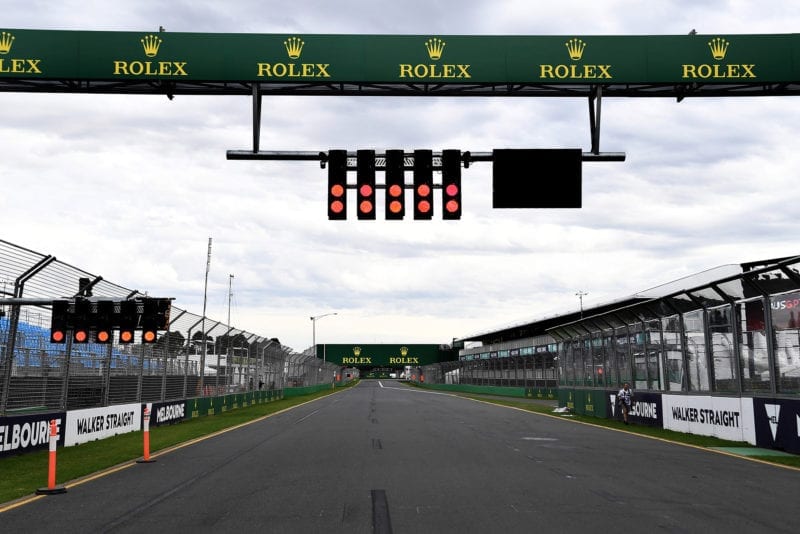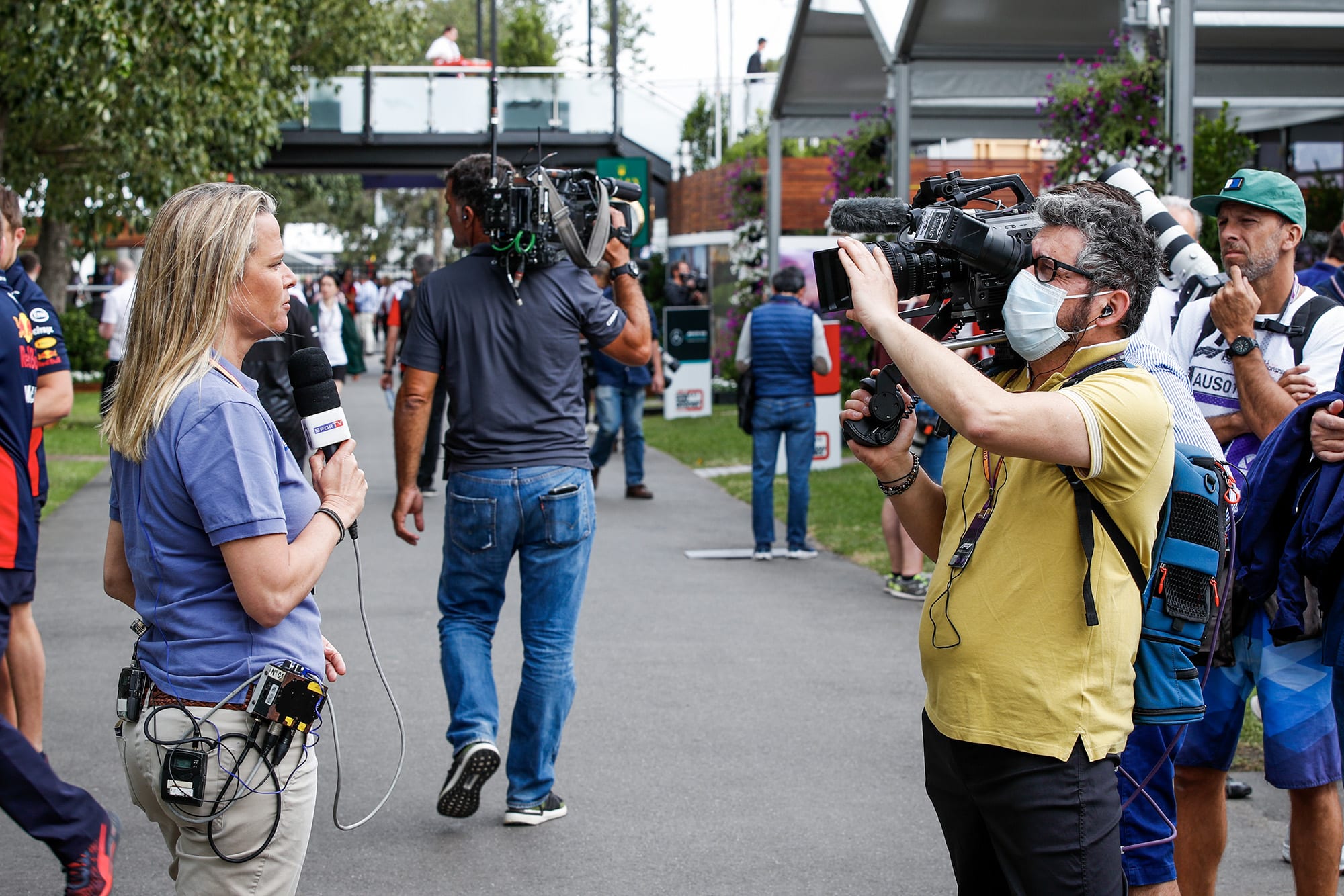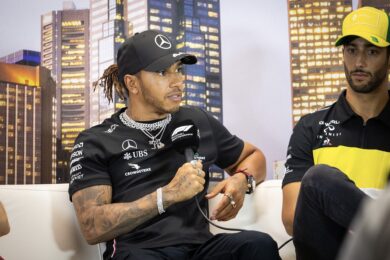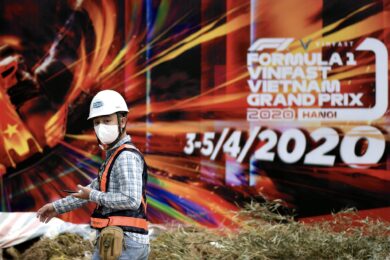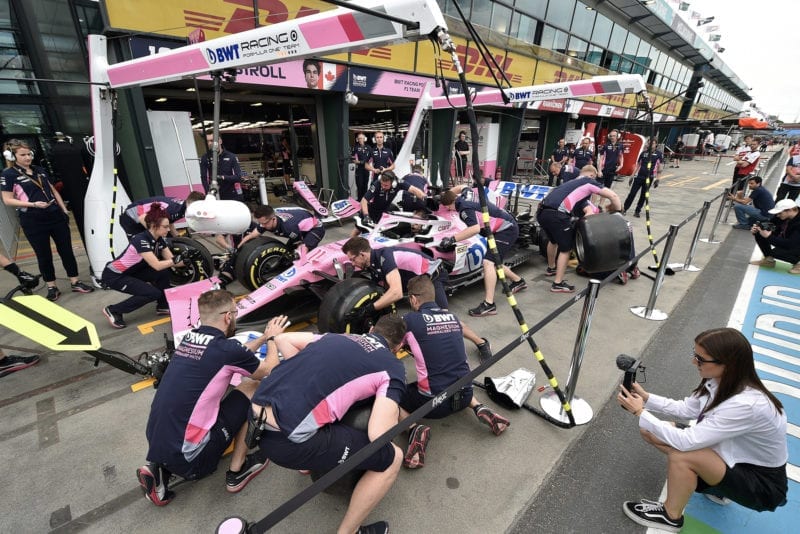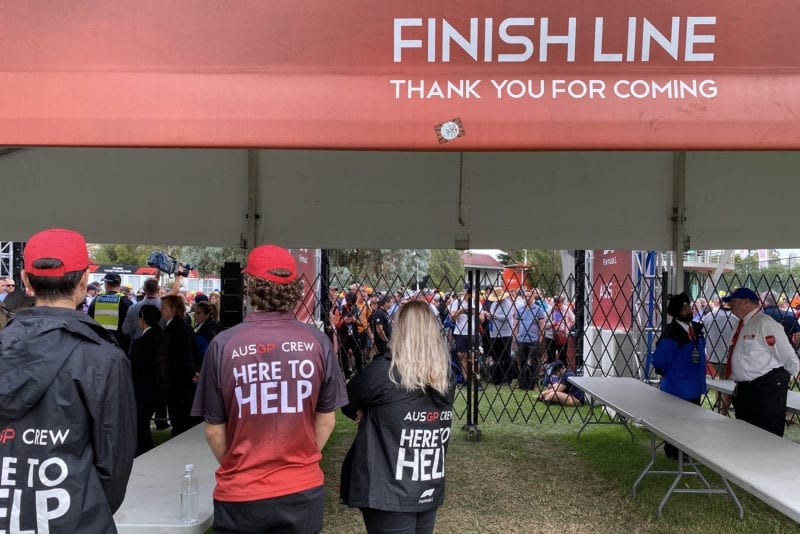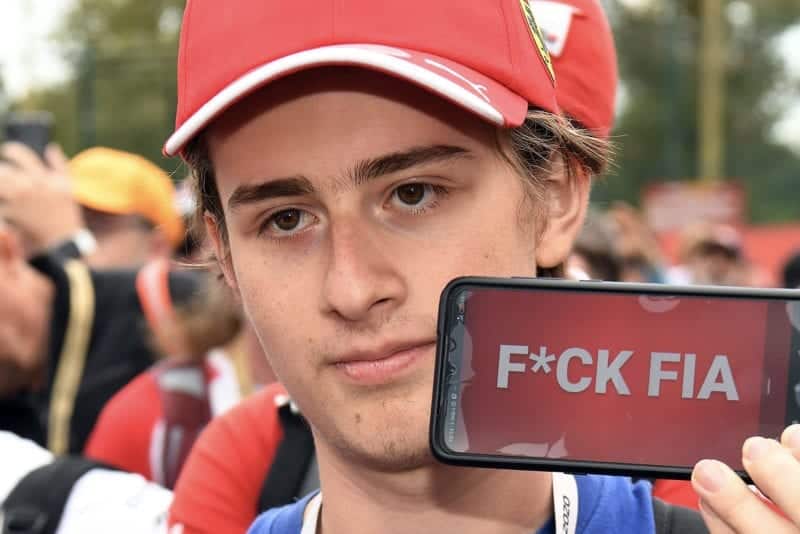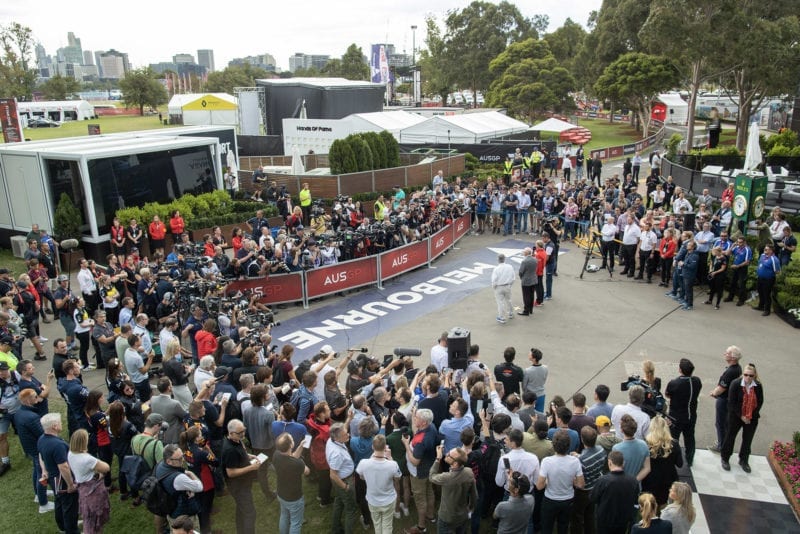But it wasn’t about getting a headline from Hamilton. There were widespread nods of approval and words of praise, because the six-time world champion was speaking his mind, and was making a lot of sense.
F1 was playing with fire by being in Melbourne, but collective responsibility had to be taken because we’d all committed to the trip with hope it would pass by smoothly. By the end of Thursday, there was only one organisation that appeared willing to take any responsibility and that was McLaren.
As soon as his team had communicated the positive test for coronavirus of one of its employees to the relevant health authorities, Zak Brown withdrew it from the race weekend. In what could be a really close midfield battle, he admitted the racer in him found it one of the hardest decisions to make, but the CEO found it one of the easiest.
And that’s because Brown was doing the only sensible thing and removing his team from a paddock that looked like having the potential to be a disaster zone once the first case was confirmed. Teams, organisers, media and the FIA all work in such close quarters that contact is almost impossible to avoid.
The announcement from McLaren dropped at nearly 10.30pm local time. Brown had given no warning because he had a clear plan of action in place. The same was expected of F1, the FIA, and the race promoter, the Australian Grand Prix Corporation (AGPC), but there was nothing.
And I mean, nothing.
What proceeded to follow was one of the most pathetic episodes of crisis management I have ever witnessed. The very obvious worst-case scenario had come to pass, leading to a team pulling out of the race, and a Tweet from F1 stating it was analysing what to do next was all that surfaced.
Formula 1 and the FIA have have been coordinating with all the relevant authorities on the next steps. Our priority is the safety of the fans, the teams and all personnel at the race.
— Formula 1 (@F1) March 12, 2020
The teams convened quickly at the Crown Hotel on the Southbank in central Melbourne. Instead of backing McLaren’s stance and taking the same one to protect their members, a long meeting led to a split vote over whether to continue or not with the weekend.
Uncertainty over the outcome was media-driven for a little while, before Formula 1 sources and a number of team members insisted the race was to be cancelled.
An official statement was expected from F1 between 3 and 4am – by now the night was getting away from everyone.
